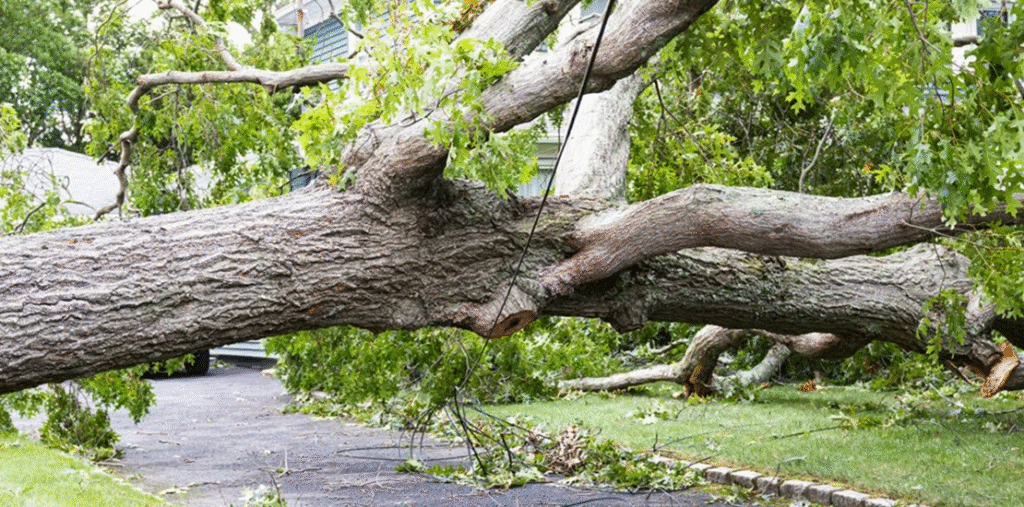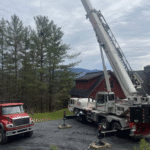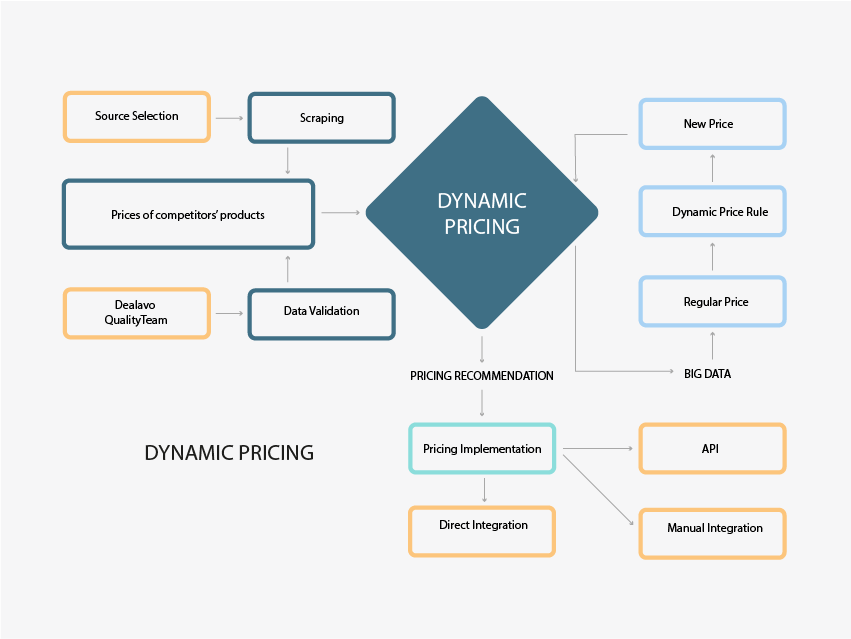First, check for immediate dangers like downed power lines or structural damage. Then secure the area to keep people and pets away. Finally, contact your insurance company and a professional tree service to assess the situation and create a removal plan. You need to act fast when a tree falls on your property.
Read on to learn exactly what to do when facing a fallen or hazardous tree. This guide walks you through each step of the process.
How to Deal Immediately with Fallen or Hazardous Trees?
Fallen or hazardous trees are emergency situations. You should take immediate steps to protect your property and family. Here is what you should do:
Ensure Everyone’s Safety First
Your first priority is getting everyone away from the fallen tree. Downed trees can carry live electrical wires or shift unexpectedly under their own weight. Keep children and pets indoors until professionals clear the area. A tree that looks stable might still have broken branches hanging above, ready to fall at any moment.
Assess and Document the Immediate Dangers
Walk around your property at a safe distance to identify all hazards. Take photos of the damage from multiple angles for your insurance claim. You should also look for leaning trees, cracked trunks, or large branches caught in other trees. These pictures become valuable evidence when filing claims and planning removal work in Menomonee Falls.
How Shall I Maintain A Safe Distance During the Assessment?
Stay at least two tree-lengths away when checking damage from the ground. Never walk under hanging branches or near trees touching power lines. You can use binoculars to inspect upper damage instead of getting close.
Contact An Emergency Tree Service
Professional arborists have the equipment and training to handle dangerous tree situations safely. They can remove trees near power lines, buildings, or other structures without causing additional damage. Time matters here because unstable trees can fall further and create bigger problems. Therefore, contact a local tree service for a quick response.
How to Choose A Reliable Emergency Tree Care Company?
It’s important to hire an experienced team. They ensure safe removal of fallen trees. Here is what you should look for when hiring:
- Valid liability insurance
- Local service history
- Professional equipment available
- Clear pricing structure
- References from recent jobs
Contact Your Insurance Company
Most homeowner policies cover sudden tree damage from storms or other unexpected events. Report the incident within a day or two to start your claim process. Your insurance adjuster will need those photos you took earlier to assess the damage. They’ll tell you what’s covered and what documentation they need from the tree service company.
When Does Insurance in Menomonee Falls Cover Tree Removal?
Insurance policies in Menomonee Falls vary. Your insurance mostly allows coverage in scenarios like:
- Storm damage to home or garage
- Wind-blown trees blocking necessary access
- Lightning strike causing sudden tree failure
- Ice accumulation breaking major limbs
- Trees damaging covered structures or vehicles
Notify Your Neighbors
Let nearby property owners know about the fallen tree, especially if branches crossed property lines. A large tree removal requires equipment that might temporarily block driveways or sidewalks. Your neighbors might also have damage you didn’t notice from your side of the fence. Good communication prevents disputes and helps everyone coordinate repairs more smoothly.
How to Prevent Tree Emergencies in Menomonee Falls?
Regular maintenance and early problem detection stop most tree emergencies before they happen. Professional inspections catch warning signs that homeowners often miss until it’s too late.
- Regular Professional Inspections: Schedule tree assessments twice yearly to catch disease, decay, or structural problems early. Spring and fall inspections work best for Wisconsin’s climate and storm seasons.
- Pruning Dead Branches: Remove dead or dying branches before winter snows load them down. These weak limbs break easily during storms and cause the most property damage around homes.
- Monitor Tree Health: Watch for changes in leaf color, unusual bark peeling, or mushrooms growing near the base. These signs often indicate internal rot or disease that weakens the entire tree structure.
- Address Storm Damage: Fix broken branches and torn bark right after severe weather passes through your area. Small damage left untreated often leads to bigger problems as disease enters through open wounds.
- Root Zone Protection: Keep heavy equipment and construction away from the area beneath the tree’s canopy. Compacted soil and damaged roots destabilize trees, making them more likely to topple during high winds.






